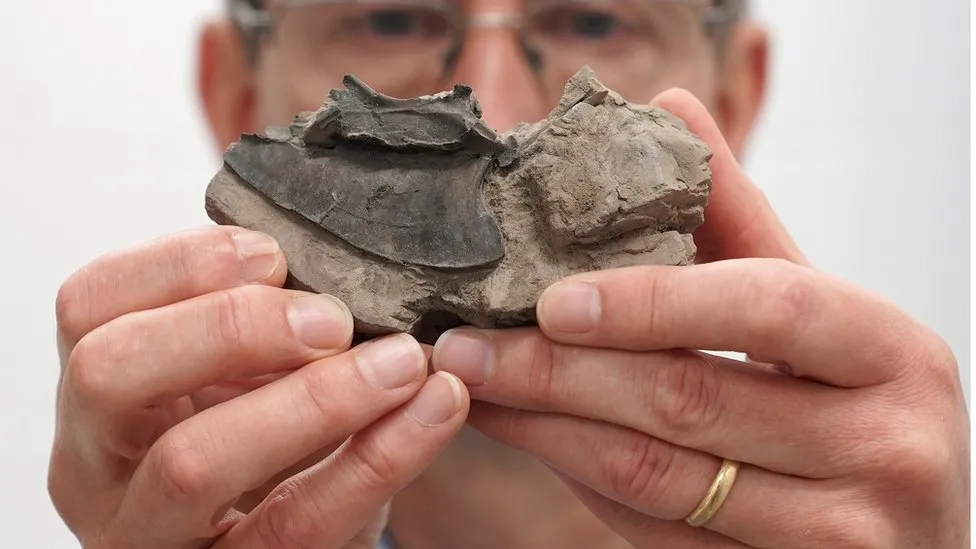WEGA Excursion to the Lake District
WEGA needs a few more participants to make this excursion viable. It will run from Friday 21st to Tuesday 25th October.
At Blencathra FSC
Course Outline - by own transport but car sharing can be arranged.
Friday 21st - travel to Blencathra Field Studies Centre. (Field Studies Council - Blencathra FSC Blencathra, Keswick CA12 4SG, UK) Introduction, meal, overnight accomodation.
The following suggestions for the trip are from the person who will be leading from the FSC James Margeson <j.margeson@field-studies- council.org>
Sat
Morning: School House Quarry (Skiddaw Slate), Mungrisdale. Access is a 100m walk from roadside parking around 20 minutes drive from the centre.
Afternoon: Glenderterra metamorphic aureole. 4km round walk on a bridleway track from the centre. ~50m ascent and descent.
Sun
A day dedicated to the Borrowdale Volcanic Group. This rock group is probably the trickiest to access in terms of walking and parking.
I’m thinking perhaps a walk from the Honister slate mine car park to the quarries on Fleetwith Pike, about 3km and 100m ascent on a vehicle access track. This is one we can discuss though as there are a few different options we could look at.
Mon
I would suggest a visit to Shap Pink Quarry and the Shap Well unconformity. Both involve very short accessible walks. This would suit participants travelling south at the end of the course.
The field locations will be a mix, reflecting the varied and distinctive geology of the Lake District.
Cost £404.60 per person for residential field course.
In order to confirm your participation in the event, we do need a deposit please of £100 per person, which will be collected by our treasurer Judy Hible (email : judyhible@talktalk.net)
Please advise me, as (temporary, acting) Field Secretary that you are coming on the trip. Or please email me with any questions: Janet Hellen <jdhellen@btinternet.com>






